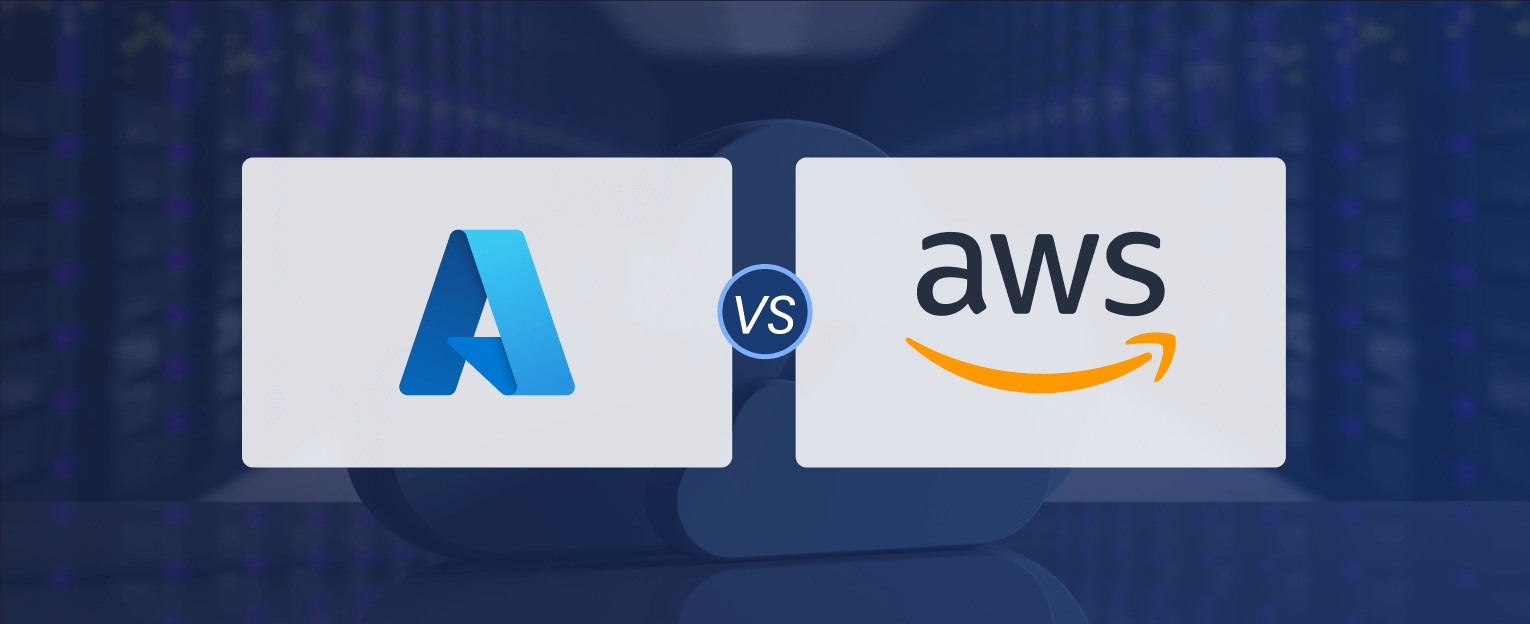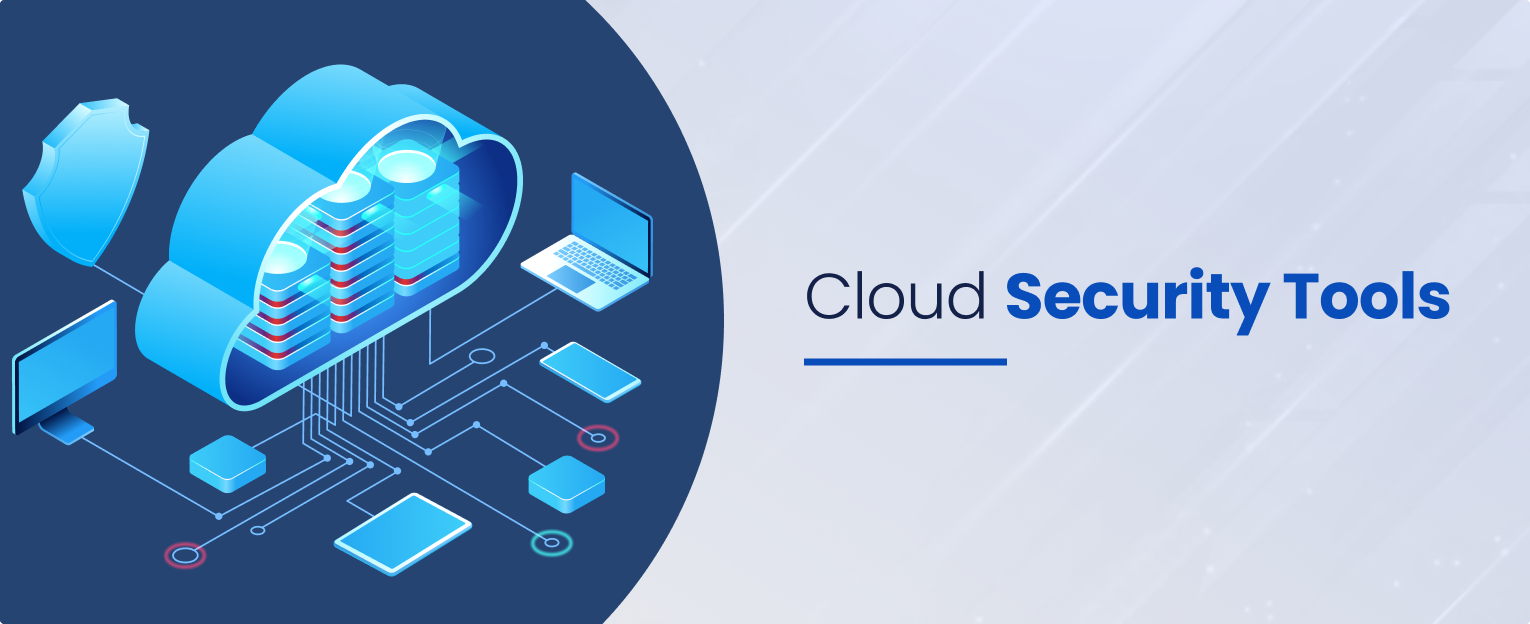Executive Summary:
The importance of cloud consulting services has increased as businesses move their data and operations to the cloud. The future of cloud security depends on cutting-edge technology like Generative AI Impacts on Threat Detection.
Introduction:
Cloud computing is the foundation of contemporary IT infrastructure as firms continue their digital transformation journeys.
Protecting sensitive data and apps against an expanding range of cyber threats is a big responsibility that comes with the cloud’s convenience and effectiveness.
Cloud consulting services have become essential in this era of growing cybersecurity issues. However, the development of cloud security is not only influenced by human expertise; Generative AI’s transformative influence is also expanding.
This blog examines how Generative AI impacts on Threat detection and guarantees digital asset security and reliability.

Your Cloud Journey Starts Here – Contact Our Consultants!
Guiding you towards seamless cloud adoption and digital transformation.
Generative AI’s Impact on Threat Detection:
Generative AI, a kind of artificial intelligence, is rapidly changing threat detection. Generative AI, in contrast to conventional rule-based systems, has the capacity to learn about and respond to new dangers.
Generative AI’s impact on threat detection results in detecting trends, abnormalities, and potential security breaches in real time by evaluating large datasets.
Additionally, generative AI expands the potential of cloud consulting services in a number of ways:
- Anomaly Detection
The core of Generative AI’s strength is its remarkable capacity for pattern identification. Generative AI models can identify tiny deviations from expected behaviour even in the face of heavy data traffic by carefully examining enormous datasets.
This makes it possible for them to see unusual activity that might point to a security breach. As a result, Generative AI drastically lowers the rate of false positives, freeing up security teams to concentrate on actual threats.
- Excellent Pattern Recognition:
Generative AI models are skilled at sorting through huge amounts of data, which would be impossible for human analysts to complete alone. Their capacity to spot complex patterns in this data is what distinguishes them.
This includes patterns that could evade conventional security measures, such as subtle, nuanced, simple, and obvious ones.
- Adaptive Learning
Generative AI is distinguished by its capacity for self-directed learning and evolution. Unlike conventional rule-based systems, which rely on known threat signs that have been specified, generative AI models continuously examine huge, diverse datasets.
They instantly adjust to brand-new dangers and develop attack tactics. This adaptive learning allows them to recognize emerging and zero-day vulnerabilities that typically avoid rule-based systems.
- Real-Time Analysis:
As this learning process occurs in real-time, Generative AI can adjust to new threats and develop attack methods as they materialize.
Generative AI autonomously recognizes and comprehends new patterns of assault without human intervention, unlike rule-based systems that necessitate manual updates and modifications to keep up with changing threats.
- Scalability and Speed
Generative AI is well-suited for the scale and speed necessary in today’s digital ecosystem due to its immense processing capacity.
Generative AI models can be deployed and run in vast, complicated cloud settings using cloud computing resources. With this scalability, threat detection is guaranteed to be efficient even as a company’s cloud footprint grows.
- Cloud Computing Resources:
Generative AI’s capabilities are improved by combining it with cloud computing. On-demand access to vast computational resources, such as fast GPUs and CPUs, is made possible via cloud computing platforms.
Generative AI models within these cloud settings enable businesses to fully utilize AI-driven threat detection without making significant on-premises infrastructure investments.
- Vast Threat Intelligence
Generative AI can integrate and process enormous amounts of threat intelligence information from various sources, such as open-source feeds, governmental organizations, and sector-specific databases.
This richer threat intelligence improves the model’s capacity to recognize new threats and offer context for threat detection.
- Data Collection from Various Sources:
There are many different places where threat intelligence can be found, including open-source feeds, government organizations, industry-specific databases, security companies, and internal network logs.
Generative AI has the ability to combine data from several different sources, building a thorough database of dangerous data.
Threat intelligence is dynamic and changes when new threats are discovered and attackers’ strategies are modified. Generative AI regularly updates its threat intelligence database to include the most recent data.
Cloud Consulting Services’ Role in Cloud Security
Businesses frequently find themselves negotiating a complex maze of technology, compliance regulations, and security concerns in the dynamic world of cloud computing, where change is the only constant.
This is where cloud consulting services may be a valuable resource and ally. They play a varied role in cloud security, offering important assistance and knowledge throughout an organization’s cloud migration path.
- Assessment and Strategy Development:
The first step in the cloud consulting services process is to thoroughly evaluate the client firm’s IT infrastructure, business objectives, and security requirements. This assessment forms the basis for developing a personalized cloud security plan including which cloud security tools to adopt.
This approach addresses potential vulnerabilities and regulatory requirements while coordinating the cloud environment with business goals.
Conclusion:
Cloud consulting services and generative AI are positioned to be key players in the constantly changing world of cloud security. Organizations may strengthen their threat detection skills and improve their overall security posture in the cloud by utilizing the power of generative AI.
Businesses must quickly adopt these technical improvements to protect their digital assets as attackers become more complex.
Cloud security’s future is a partnership between the adaptive intelligence of generative AI and the human expertise provided by cloud consulting services. They come together to provide a robust barrier against the constant barrage of cloud-based cyber threats.

Your Cloud Journey Starts Here – Contact Our Consultants!
Guiding you towards seamless cloud adoption and digital transformation.







